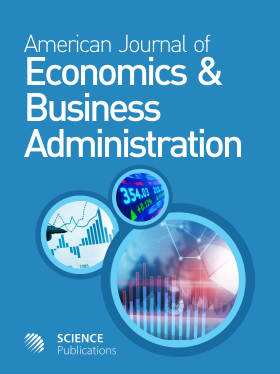An Economic and Environmental Evaluation of the Em-Ferro Plastic Sorting Technology
- 1 The University of Toledo, United States
Abstract
Recycling has been continually practiced since the dawn of mankind; however, increasing production costs as well as environmental impacts of the conventional waste disposal methods have shed a light on the importance of recycling as a sustainable way to produce goods and services. Recycling has proven to be beneficial, economically and environmentally: It saves resources, prevents pollution, supports public health and creates jobs. Recycling can be applied to different materials present in the Municipal Solid Waste (MSW). Plastics constitute a substantial portion of the MSW. In 2012, plastics accounted for 12.7% of the total MSW generated in the United States. However, only of the total amount of plastic generated in 2012 was recovered for recycling. Currently, the major part of the plastics generated is disposed of through incineration or landfilling. These conventional disposal methods impose serious threats to the environment such as greenhouse gas emission and soil and underground water contamination. These effects along with the versatility of the plastic waste have led the development of more environmental friendly plastic recycling methods. Prior to recovery, the plastic waste should be sorted into the different plastic types it is composed of. Traditional plastic sorting methods used optical or manual sortation which was not only costly but also susceptible to high nonconformance rates. Newer technologies have been developed that have higher output and are more economically justifiable. This thesis performs and economical and environmental comparison between five plastic sorting methods that are currently in use and one emerging technology which uses Electromagnetic (EM) waves and ferrofluid to sort plastics. Economic Input-Output Life Cycle Assessment (EIO-LCA) is the method used to collect the data and perform the analyses. Two economic measures are used to evaluate the methods from an economical point of view. The objective is to study how the new method compares to the existing methods both economically and environmentally using a case study in Toledo, Ohio. The data related to cost, energy requirements and carbon emissions were collected through contacting local vendors. The results of the study showed that all of the methods have positive economic performance with minor variations in energy use and carbon emissions.
DOI: https://doi.org/10.3844/ajebasp.2015.33.47

- 3,606 Views
- 2,343 Downloads
- 0 Citations
Download
Keywords
- Economic Analysis
- Waste Management
- Plastic Recycling
- LCA
